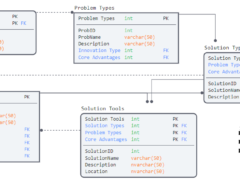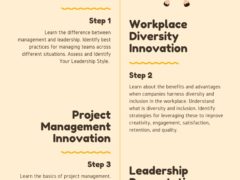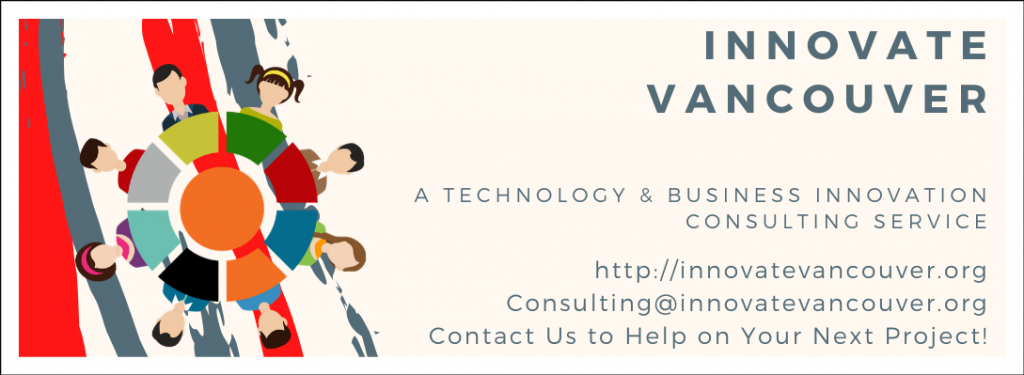The nature and purpose of human resources has changed much over the past century in response to changing trends, pressures, and economic/ business models. The future role for human resources has never been brighter with the introduction of new technologies, business models, and leadership tools. These new and improved assets help the human resources professional by:
- Strengthening issue evaluation
- Generating novel insights
- Strengthening network interdependence
- Improving judgment and decision-making
- Improving impact analysis
- Strengthening risk management
- Improving the team’s ability to balance conflicting priorities
 The advantages supported by these human resource assets will depend on the company’s mission, business model, vision, values, competencies, and commitments. There is no one-size-fits-all HR model which explains why some companies leverage HR more proficiently than other companies. When the autonomy and scope of HR input is constrained the performance of surrounding systems are affected. Intent at the delivery level is not always matched with the experience or needs of the customers.
The advantages supported by these human resource assets will depend on the company’s mission, business model, vision, values, competencies, and commitments. There is no one-size-fits-all HR model which explains why some companies leverage HR more proficiently than other companies. When the autonomy and scope of HR input is constrained the performance of surrounding systems are affected. Intent at the delivery level is not always matched with the experience or needs of the customers.
The following human resource scorecard can be used to identify strategies, measures, and check outcomes within the HR domains listed above:
- Measures: How is performance & success to be measured?
- Outcomes: What were the results? Suggestions for improvement?
- Objectives: What are the team’s goals in this area?

Not all models are equally effective at balancing the human with the procedural, corporate, administrative, or financial vectors/ priorities. Julie Davoren (n.d.) highlights the following stages in human resources:
- Taylorism and the focus on productivity & efficiency
- Industrial era HR and the ‘fire at will doctrine.’
- The Fair Labour Standards Act of 1938 and minimum wage
- 21st Century HR and the expansion of decision-making
- Information Age HR and working across borders
 The gap represents an opportunity for reconsidering future trends and directions in HR. Ignoring the dialogue from either (of multiples) perspective will not be useful towards facilitating positive change. Human resource innovation is central towards aligning internal & external processes, strategy, and assets towards a shared vision. This shared vision determines the extent, and the quality, of how the human resource assets and competencies are leveraged.
The gap represents an opportunity for reconsidering future trends and directions in HR. Ignoring the dialogue from either (of multiples) perspective will not be useful towards facilitating positive change. Human resource innovation is central towards aligning internal & external processes, strategy, and assets towards a shared vision. This shared vision determines the extent, and the quality, of how the human resource assets and competencies are leveraged.
Not all models are equally effective at balancing the human with the procedural, corporate, administrative, or financial vectors/ priorities. Julie Davoren (n.d.) highlights the following stages in human resources:
- Taylorism and the focus on productivity & efficiency
- Industrial era HR and the ‘fire at will doctrine.’
- The Fair Labour Standards Act of 1938 and minimum wage
- 21st Century HR and the expansion of decision-making
- Information Age HR and working across borders
The gap represents an opportunity for reconsidering future trends and directions in HR. Ignoring the dialogue from either (of multiples) perspective will not be useful towards facilitating positive change. There is no excuse for implementing a human resource model that ignores any of the drivers mentioned earlier. An unbalanced human resource strategy can not only impact the human component of the business model but the financial and other areas we well.
Human resource innovation is central towards aligning internal & external processes, strategy, and assets towards a shared vision. This shared vision determines the extent, and the quality, of how the human resource assets and competencies are leveraged.
How can the human resource function be improved in your business? Share your comments below.
Travis Barker, MPA GCPM
Innovate Vancouver
http://twitter.com/innovatevan
Innovate Vancouver is a business development & consulting service and technology startup located in Vancouver, BC. Contact Innovate Vancouver to help with your new project. Innovate Vancouver also gives back to the community through business consulting services. Contact us for more details.
Resource:
Davoren, J. (n.d.). The Four Main Stages of How HR Has Evolved Over the Years. Retrieved October 18, 2017, from http://smallbusiness.chron.com/four-main-stages-hr-evolved-over-years-63019.html




